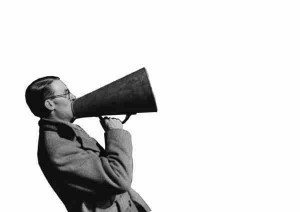Communication Theory
In our earlier sessions we have talked about different forms of communication – talking, listening, writing etc
In “The Aliens” exercise we explored a range of subjects from the Universe, Planets, Aliens, different kinds of humans (wrinkleys, bumpys, flats and screamers) and explored the likelihood of their survival in different situations where other live happily today.
We looked at communication and how that relates to survival and human population growth.
Amongst the most important parts was how babies learn, influence their environment with nascent communication and how their senses are the basis for their early learning.
The Senses
The Senses
What are your senses?
How many do you have?
What are they called?
How are they used in communication?
Do other creatures have different senses?
Latterly we explored some informal and formal styles of learning.
All of the above are important as a basis for the topic we will now discuss – Communication Theory.
Communication Types
Communication Types
Split in to groups and QUICKLY list as many types of communication and situations.
To get you started ….
Conversations, Letters, Signs etc
We will discuss how some of these fit our model below soon.
A Basic Model of Communication
Most if not all communication follows the following pattern / rules.
The Sender(s)
All communication involves someone (something) seeking to communicate something to another.
The one initiating the communication is The Sender

The Receiver(s)
When the Sender sends their message they usually want to send that message to another person or thing.
That person or thing is the Receiver.

The Message
The Message is the information being communicated.
Think of some examples of what that information might be?
The sender usually has some Intention in the process. Their intention is what they want the receiver to do …
Think of some examples of communication and what that Intention might be?
The Medium
The Medium is the means by which the message is communicated.
Some media are better than others in different situations, depending on the receivers situation and the senders intention.
There may be a range of usable media that the sender might consider using. These relate to the senses, sensing systems and communications tools available to both the sender and receiver.
Think of as many examples of media as you can – for each consider when it is best used or not?
Noise / Interference
All Media are effected to a greater or lesser degree by disturbance in the medium – this is called Noise or Interference.
Thinking of your Media above think of some examples of what that Noise or Interference might be?
Protocol
The Protocol is the conventions used in the communication which might include indicating:
- which party sends first
- the sender has started
- the receiver is listening / receiving
- the sender has stopped
- the receiver has received the message
- the receiver confirming the message / their understanding of the message
- the receiver interrupting the message to seek clarification and vice versa
- the communication is to stop / has stopped
Can you think of some situations and real world examples of each?
Communication Types - Take two
Communication Types – Take two
For the following types of communication – when is each useful?
What are the benefits, advantages and disadvantages of each?:
- A conversation face to face
- Smoke signals / beacons & signal fires
- A telephone call
- A fax
- An informal letter
- A formal letter
- A newsletter / newspaper
- A book
- An e-mail
- A text message
- A manifesto
- A tweet
- A lecture or talk
- A Facebook message
- Haptics


